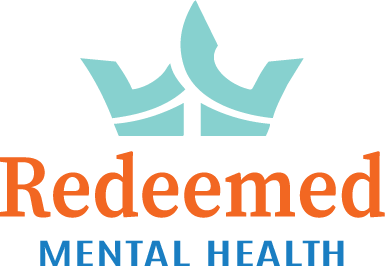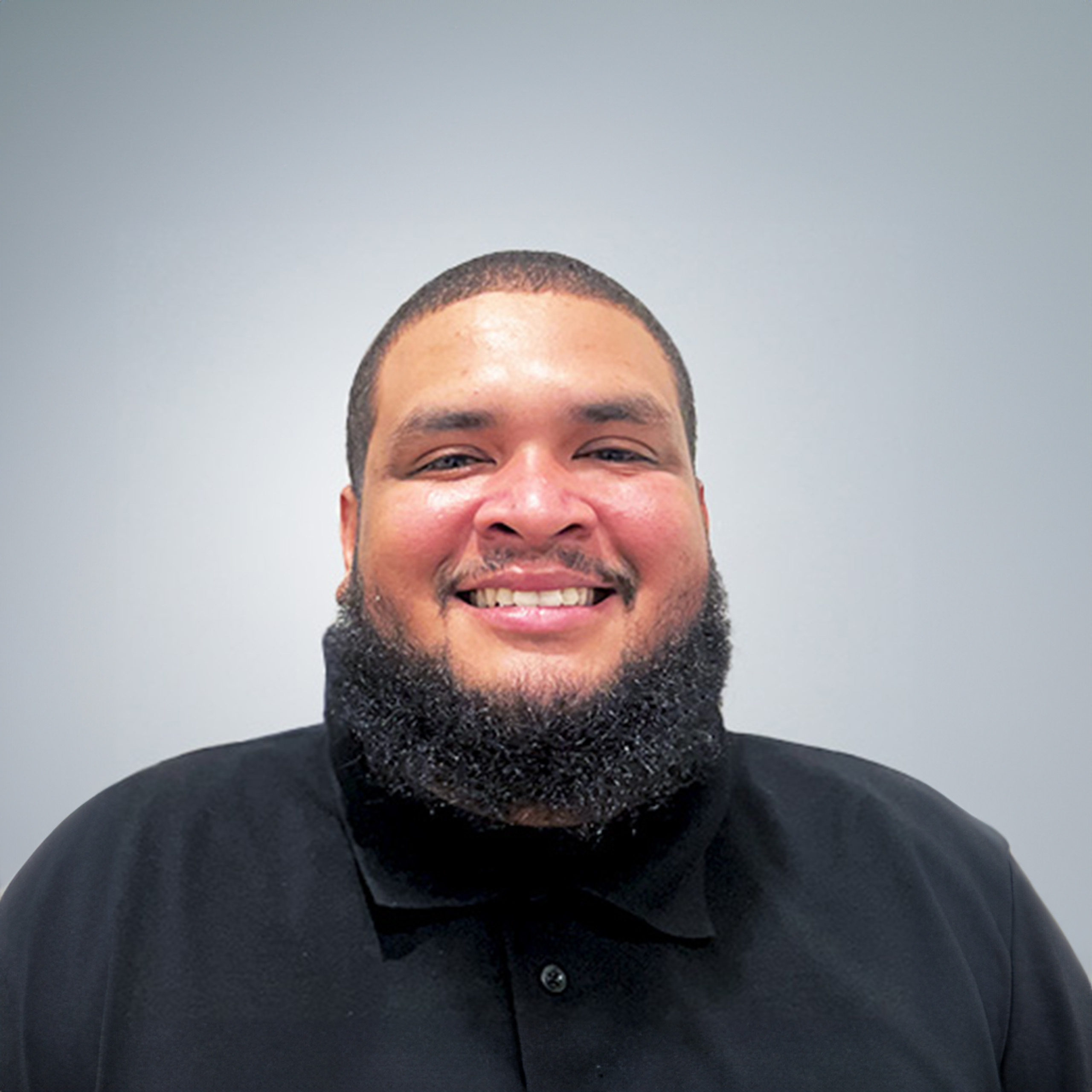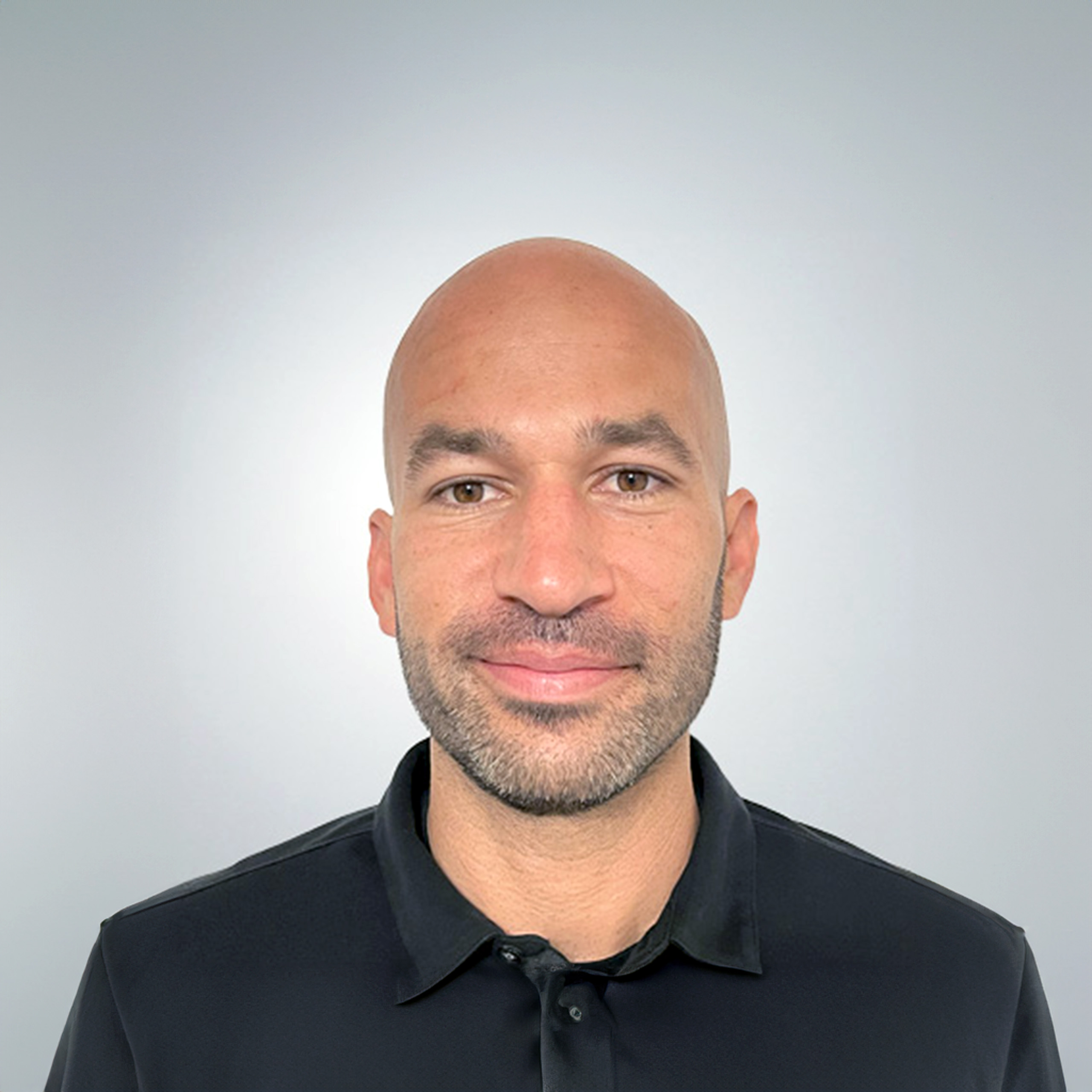 Today, an estimated 2.6% of the adult population struggle with bipolar disorder. For many of us, that diagnosis means a lifelong disorder of symptoms that come and go. It also means medication, ongoing treatment, and inevitable relapses into poor mental health that will require treatment.
Today, an estimated 2.6% of the adult population struggle with bipolar disorder. For many of us, that diagnosis means a lifelong disorder of symptoms that come and go. It also means medication, ongoing treatment, and inevitable relapses into poor mental health that will require treatment.
For most people, a bipolar spiral that results in a diagnosis means getting inpatient or residential treatment. You’ll stay in a clinic or facility for 30 or more days where you’ll be able to focus on treatment, recovery, and learning the skills that allow you to live a happy and healthy life.
Once you get out of treatment, most people assume they are finished, that’s the end of it. But, increasingly, we’re aware that the key to long-term management of bipolar disorder is offering long-term treatment and long-term support. Here, an intensive outpatient program or IOP can be a valuable way to transition from residential treatment into everyday life.
What is Outpatient Treatment for Bipolar Disorder?
An intensive outpatient treatment program means that you attend a treatment program at a clinic for part of your day while having the freedom to go to work, to go home, or to attend responsibilities like childcare or school in between. Programs vary considerably; however, you can expect:
- 9-12 hours of treatment per week, broken into 3–4-hour sessions.
- Treatment happens at a hospital, clinic, or community center
- Multiple timing options are available. E.g., morning (6 AM-9AM), afternoon (12:00-3:00 PM) or evening (7 PM-10 PM). These allow you to choose a schedule that works with your life. E.g., afternoon schedules are ideal if you drop kids off at school and pick them up just after 3.
- Programs include both group therapy and one-on-one counseling and therapy
- You always go home and live in your own home or a social living accommodation after instead of staying at the clinic.
Outpatient treatment essentially means you get to continue going to treatment and therapy – while having the space to pick your life back up.
What are the Benefits of IOP for Bipolar Disorder?
 There are plenty of benefits to going to an intensive outpatient treatment program. For example, you can get ongoing care that’s delivered in the environment where you’re likely to be triggered. You can also get ongoing accountability and support, with structure to ensure you’re taking care of yourself.
There are plenty of benefits to going to an intensive outpatient treatment program. For example, you can get ongoing care that’s delivered in the environment where you’re likely to be triggered. You can also get ongoing accountability and support, with structure to ensure you’re taking care of yourself.
Ongoing Treatment – Systemic or long-term care is significantly more effective at improving bipolar disorder management than one-touch treatment. Here, you can plan to receive treatment regularly for the long-term, which means for the foreseeable future. Typically that starts out with a heavy program such as inpatient care and then switches to intensive outpatient and may eventually switch to weekly treatment or even virtual sessions. In one study, 700 people getting long-term treatment over a 2-year period were significantly less likely to have severe episodes of mania, significantly less likely to require hospitalization and treatment, and significantly less likely to require follow-up residential treatment than a control group that did not attend ongoing outpatient care.
Accessibility – Outpatient treatment allows you to seek out ongoing help without having to rely on putting your life on hold to do it. Instead, you go to a clinic for a few hours a week and typically spend about 9 hours of your week there every week. That makes ongoing care much more accessible than taking 30 days out to go to residential treatment. IOP are also often designed around work, school, and childcare obligations, which means you can more easily fit them into your daily schedule – so you can start to get your life back while continuing to take care of yourself.
Structure – People with bipolar disorder often struggle with structure. Having an IOP program ongoing as you reintegrate into life means you’ll have structure forced on you. You’ll have to show up every week to treatment. You’ll have ongoing reminders to take care of yourself, to take medication, to invest in routines. You’ll have the structure you need to support good bipolar disorder management. In addition, IOP can recommend you into social housing if you end up needing more structure than you’re getting.
Accountability – Going into treatment 2-4 times per week means you’ll have accountability to take care of yourself, accountability to do your homework, and accountability to work on managing yourself and your disorder. That means people will check on you, you’ll have to share what you’ve done with your week, and you’ll get ongoing recommendations and support as you move forward. That can be valuable, because you’ll get help working support and structure as you run into issues with it, which means you can get specific tips and help with things you struggle with.
Integrating Treatment into Your Life – It’s one thing to get treatment in an environment where you’re not facing triggers. It’s another to be able to take things you’re struggling with, emotions and interactions you’re struggling with, instances where you reacted badly, feelings like you’re going out of control again into therapy and getting immediate help. Having treatment while living your life means you’ll be able to learn more about yourself, more about how you respond to the world around you, what starting mania feels like, what steps you can take to manage that. Integrating that into your normal life will be a powerful step towards managing your bipolar disorder for the long-term. It also means you’ll have someone else checking on you, noticing when your behavior is changing, and helping you manage that from an outside perspective.
Aftercare – Getting ongoing care is always going to ensure you can reach out and ask for help if you start slipping. It also means you’ll have help reintegrating into work. It means you’ll have help when things go wrong, when you face old triggers, when you go into depression or mania. That will always help with long-term management.
Are There Downsides?
Intensive outpatient treatment takes 9+ hours of your life every single week for as long as you go. That’s a lot. For many people, it means giving up a lot of your free time. In addition, that means you’ll have to stay motivated to stay in the program. On the other hand, if you start to lose motivation, it’s probably a good sign that you should be talking to your therapist or counselor about it, because it may mean you need additional help.
Getting Help
Moving into an IOP program is often a relatively simple step of talking to your doctor, getting approval from your insurance, and going to a local clinic. The intensity and duration of your program should also vary depending on your diagnosis, your history of treatment, and where your mental health is at when you start going. For example, if you’re mostly fine but want to manage and maintain your progress, you might have relatively light program based around building life skills and improving on what you have. If you’re struggling with symptoms, you might end up in a program that’s 12+ hours per week where you work to reduce the impact of bipolar disorder on your life. In either case, good luck getting treatment and with managing bipolar disorder over the long-term.




















